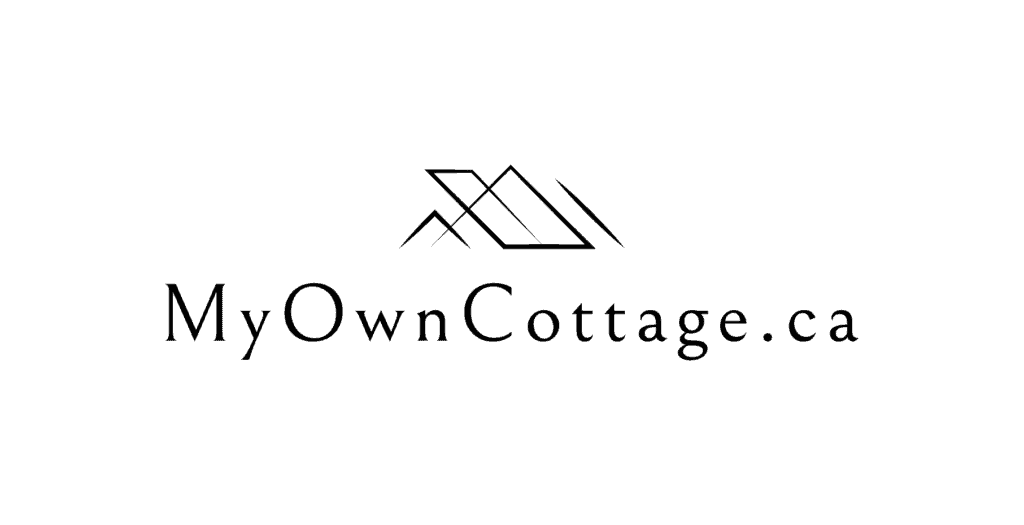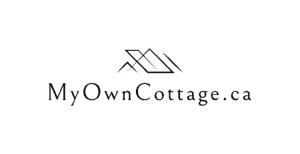Prefab home builders in Oshawa offer a range of innovative and efficient housing solutions tailored to meet the needs of modern homeowners.
FAQ
Frequently Asked Questions About Types of Prefab Homes in Oshawa
Prefab homes typically cost 10% to 25% less than traditional stick-built homes. In Oshawa, the average cost of a prefab home ranges from $150 to $250 per square foot, depending on the type, materials, and level of customization. This cost advantage comes from streamlined manufacturing, reduced labor costs, and minimized construction delays. However, it’s important to factor in additional expenses like land purchase, site preparation, permits, and utility hookups.
Prefab homes are known for their speed of construction. While traditional homes may take 6–12 months to complete, a prefab home can often be move-in ready in 3–6 months. Here’s a general breakdown:
Design & Permits: 1–2 months
Factory Build: 4–8 weeks
On-Site Assembly & Finishing: 1–2 months
The timeline can vary based on the complexity of the design and local permit approval processes in Oshawa.
Absolutely. Many prefab home builders offer a wide range of customization options, allowing you to tailor:
Floor plans to suit your family’s needs
Exterior finishes such as siding, roofing, and windows
Interior elements like cabinetry, flooring, and fixtures
Energy-efficient upgrades such as solar panels or smart home features
While prefab homes start with a base model, most companies work closely with homeowners to create a design that feels personal and functional.

